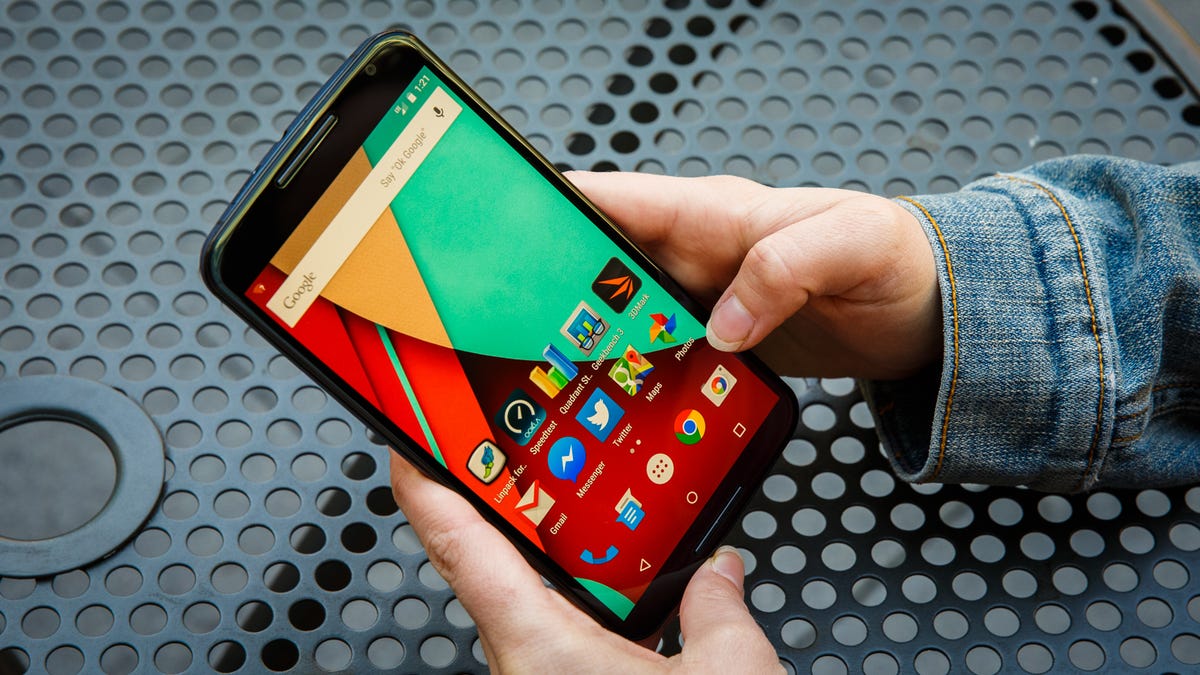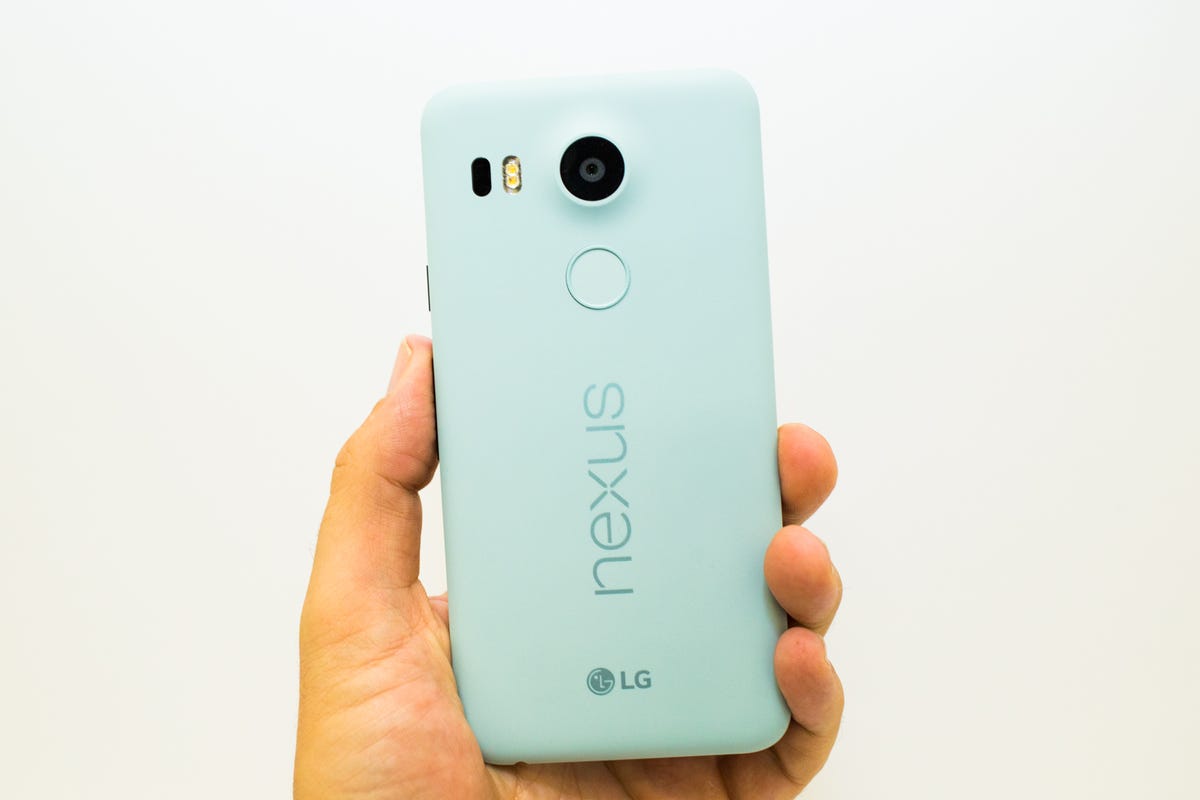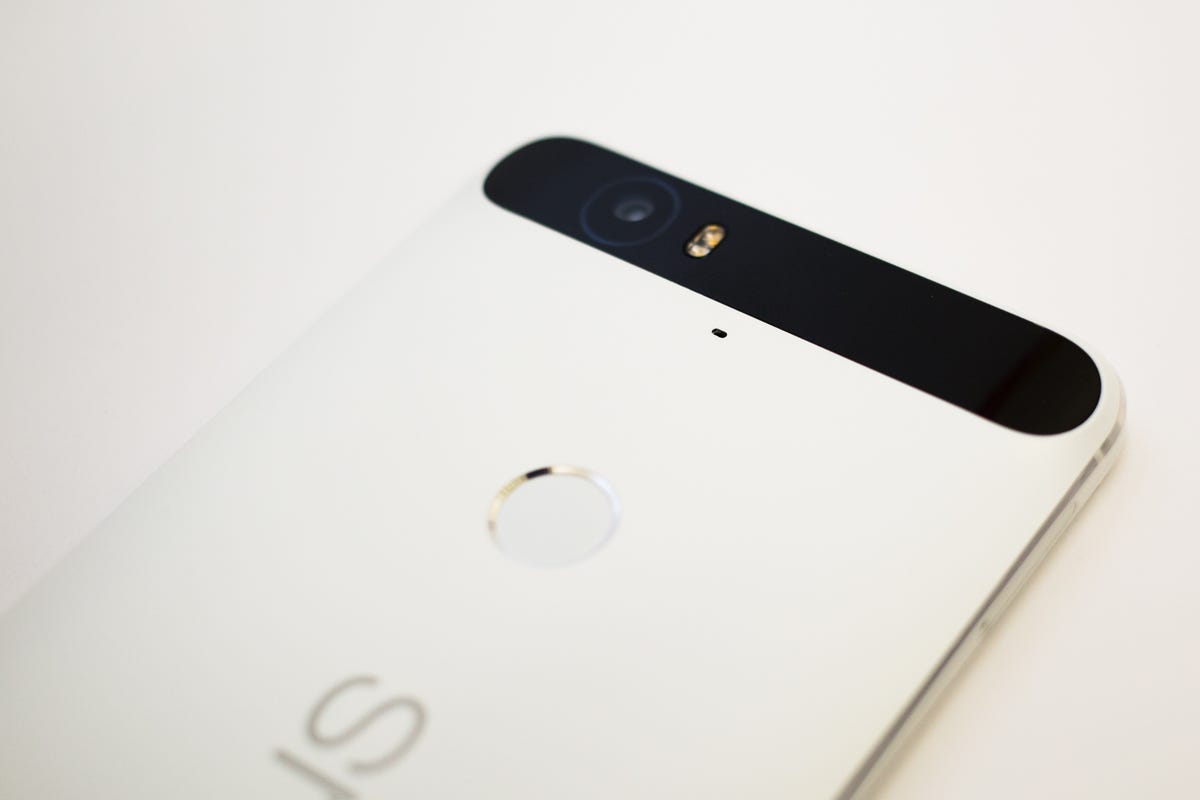With the new Nexus 5X and 6P , Google has introduced flashy new features such as the Nexus Imprint fingerprint sensor and a USB Type-C port to its line of marquee devices.
But while tasty new goodies are expected with every new product launch, a few other, more subtle changes to the Nexus line gave us a sense that Google was taking a mindful effort to amend some of its missteps it took with the prior Nexus 6 .
Though last year’s handset was fast and powerful, it wasn’t considered as much of a “fan favorite” as the Nexus 5 before it, due to a couple of significant drawbacks. By making amends this time around, Google is attempting to woo new users as well as reignite the loyalty of Android enthusiasts that the Nexus brand has long enjoyed.
Take a closer look at the Nexus 5X (pictures)






Same experience, different sizes
Equipped with a 5.96-inch display, the previous Nexus 6 was, and still is, the largest Nexus phone to date. Having such an expansive screen is great for watching movies and shows, and gives you extra room to browse the Web and play games. But it’s not for everyone — the device can be unwieldy, cumbersome to carry and difficult to maneuver with one hand.
The handset’s size alienated users who wanted a pure, high-end Android experience but didn’t want a jumbo-sized Nexus. As such, another alternative at the time was the Motorola Moto X (Google owned Motorola at the time), which had the same overall design and a 5.2-inch display. The downside was that it had extra software features from Motorola and lacked the advantage of receiving updates as promptly as Nexus devices.
This time, however, Google launched two phones (5.2- and 5.7-inch ones) simultaneously. This is not entirely uncommon: Apple did the same thing last year with its iPhone line and continues to release two versions with the Apple iPhone 6S and 6S Plus. By offering two sizes, Google is covering its bases, making sure anyone who wants the new Nexus won’t be discouraged because of a personal size preference.

 Enlarge Image
Enlarge ImageJosh Miller/CNET
Back to budget
When the Nexus 6 first went on sale, it started at $649, £499 and AU$869 unlocked (it has since dropped to $500). While that price was standard for top-tier phones — and the Nexus 6 was indeed a top-tier phone — its price was still surprising. Up until then, the Nexus line was regarded as budget-friendly; the reliable but affordable Google alternative to expensive devices offered by other manufacturers.
But the 6’s new steep price was strategic. Google wanted to give the phone more mainstream appeal, so it made it available through all five major US carriers: Verizon Wireless, AT&T, Sprint, T-Mobile and US Cellular. Its price could be subsidized by these carriers down to $199 with a two-year contract (even though customers still end up paying through separate service fees and phone plans). Hiroshi Lockheimer, vice president of engineering for Android at Google, said at the time he believed this more traditional pricing structure may help to increase sales.

 Enlarge Image
Enlarge ImageJames Martin/CNET
“Nexus fans understand the pricing model of an unlocked device,” he said. “But outside of that, paying $350 upfront was a foreign concept.”
But the mobile landscape has been in flux as of late, particularly in the US. More and more manufacturers are bypassing carriers and selling unlocked handsets direct to customers, and with two of the five major carriers going contract-free ( T-Mobile in 2013 and Verizon Wireless earlier this August), US consumers do now understand the real price (and benefits) of having an unlocked phone. In short, Google was ahead of its time offering unlocked devices straight into the hands of people who wanted them, then strayed from that method, only to return to it again.
The Nexus 5X starts at $379, £339 and AU$659 for 16GB of storage and the 6P at $499, £449 and AU$899 for 32GB. Though manufacturing, costs and materials factor into these prices, they are also telling of Google’s adjustment to consumer behavior and its goal of expanding the Nexus range’s reach.
Indeed, during a recent Reddit “Ask me Anything” session regarding the Nexi, Lockheimer answered a question about Nexus pricing saying Google wanted “these phones to reach as many people as possible.”

 Enlarge Image
Enlarge ImageJames Martin/CNET
Boosted camera prowess
For all its charms, the Nexus was never known for having a strong camera. The 4 and 5 both had 8-megapixel rear-shooters and even though the latter had optical image stabilization (OIS), photos still looked mediocre. The 6 saw improvements, however, with a 13-megapixel camera, a dual-LED flash and better image quality.
So during Google’s keynote for the Nexus 5X and 6P launch, vice president of Android Engineering Dave Burke made sure to emphasize the handsets’ improved 12.3-megapixel camera.
The camera uses a Sony image sensor with 12.3 million pixels that are each 1.55 microns wide, enabling them to capture more light than the iPhone 6S Plus (which has smaller 1.22-micron pixels), resulting in better low-light shots, Google claims.

 Enlarge Image
Enlarge ImageJames Martin/CNET
And while the new devices don’t have OIS, Burke reported that the camera uses other sophisticated optic tools, including “burst shot” that chooses the best photo; optic-flow-based image stabilization during video recording; and electronic image stabilization on the 6P to cut down motion blur. The 5X can also capture slow-motion video at 120 frames per second while the 6P can do it at 240fps.
Until the new Nexi arrive at our offices, we won’t be to tell if the camera performs as well as Google says it does. But the hardware looks compelling so far, and by bringing the phones’ camera features to the forefront, the company is signaling to users that it’s taking a conscious step forward towards delivering more powerful cameras.
Sticking to what works and then some
They say the only way to move forward is to never look back. But sometimes, the only way to make progress is to correct past blunders. Though the Nexus 6 was far from a mistake (indeed, it often sold out at Google’s online store), its high price and large size deterred many who were interested in buying the new Nexus at the time.
But through a combination of making necessary enhancements where needed (the camera, for example), and sticking to what’s tried and true like keeping prices low and offering a compact size along with the larger option, Google hopes to court users, both new and former, to the Nexus brand. Ultimately, the company is putting the Nexus back on the right path, with hopes that it will endure.



